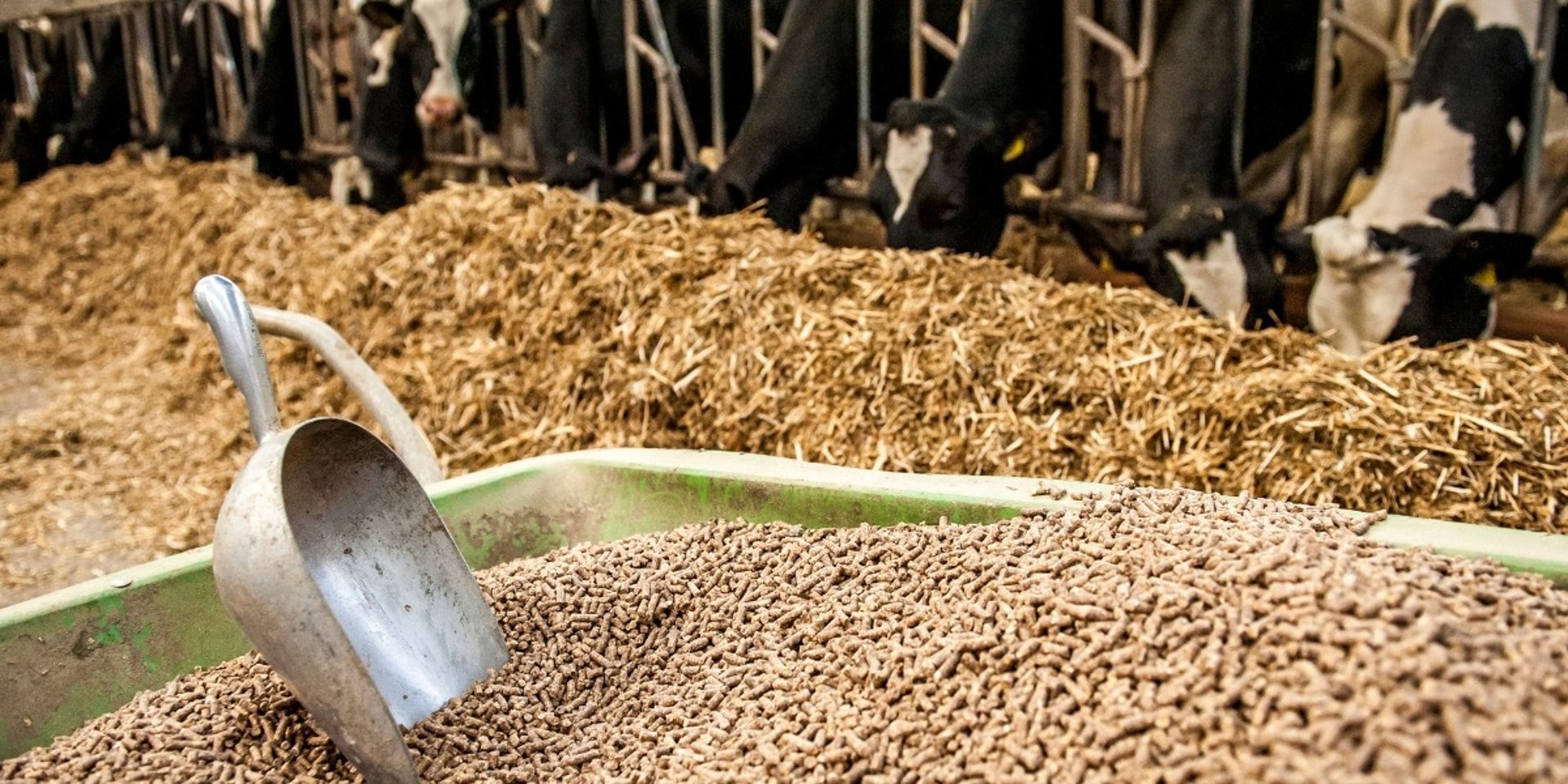
Feed Crops and Emissions - Understanding the Hidden Engine of the Global Food System
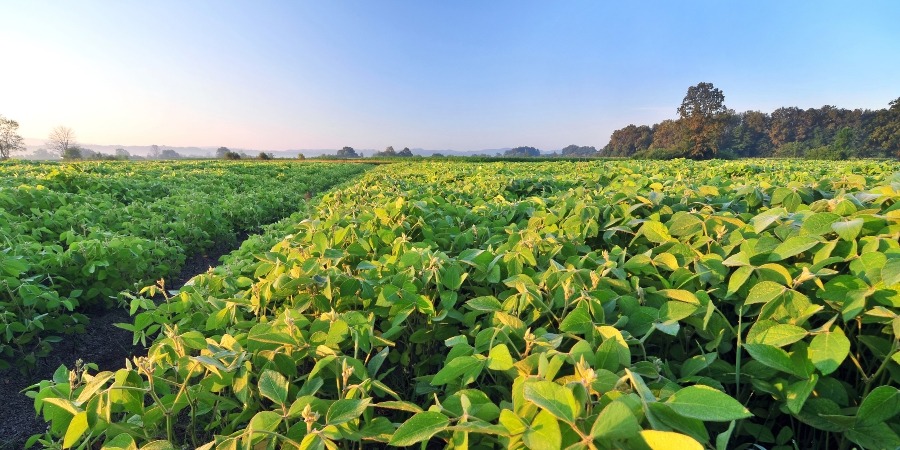

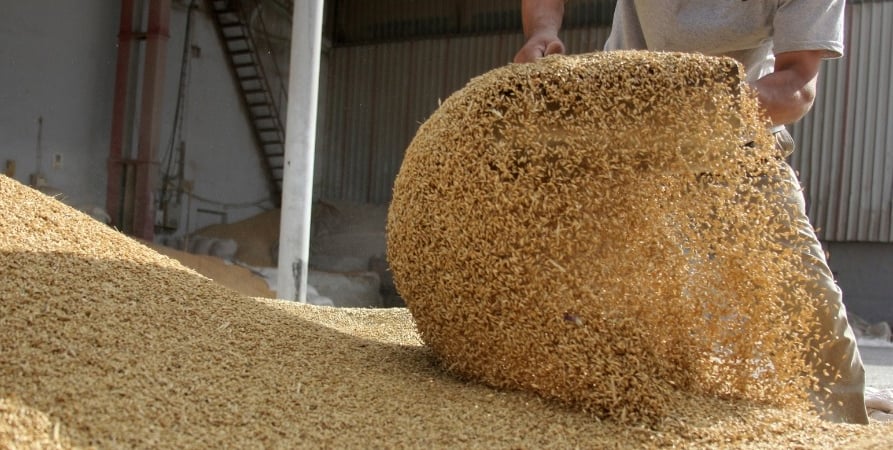

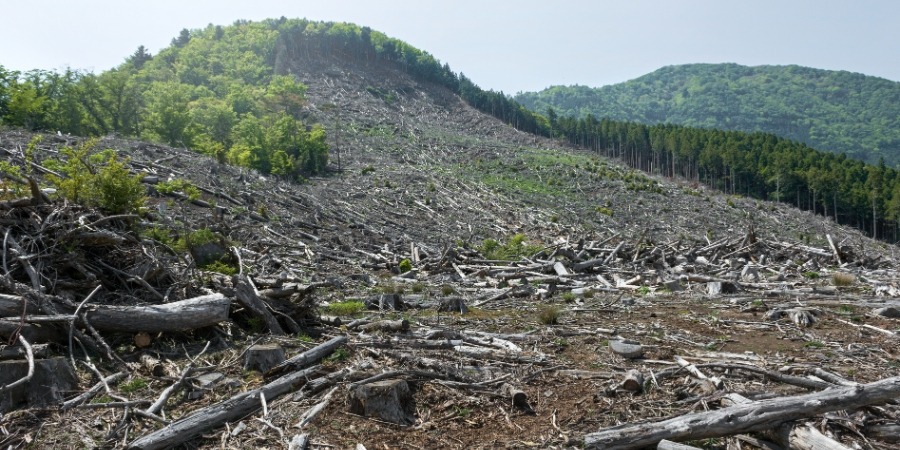

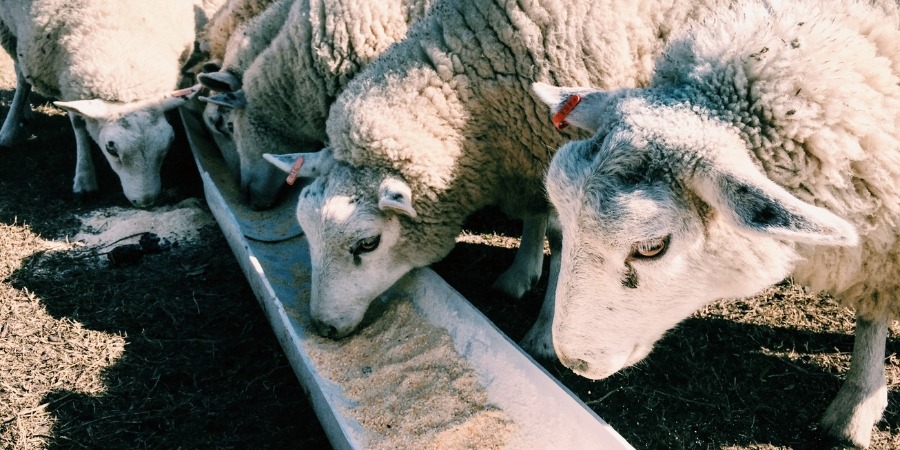

Part 3 of Huntley Sustainability's Agriculture and Sustainability series - first part of the mini sub-series focussing on feed crops, soy and finance.
Feed crops rarely attract public attention, yet they sit at the heart of modern agriculture. Grown not to feed humans directly, but to nourish the animals we consume, they are a critical part of the food system - and a major driver of global greenhouse gas emissions. In this first of a three-part series, we unpack what feed crops are, where they come from, and how they move through a sprawling global supply chain. We also explore the emissions this generates, why it matters, and whether a future without feed crops is even possible.
What are feed crops - and where do they come from?
Feed crops are plant-based products cultivated specifically to feed livestock - mainly cows, pigs, poultry and, increasingly, farmed fish. Unlike pasture, which provides forage directly through grazing, feed crops are harvested, processed and transported before being fed to animals in more controlled forms such as grain, silage or pellet. Common examples include maize, barley, wheat, sorghum and soy - each rich in either energy or protein. In total, around 60 % of harvested biomass is directed towards livestock feed or bedding material, rather than feeding people directly.
These crops are grown all over the world, often far from where the animals themselves are raised. Soybeans from Brazil and Argentina, maize from the US and Ukraine, and cereal grains from across Europe and Asia are shipped globally to meet the feed demands of intensive livestock systems. This makes feed production not only an agricultural activity, but a vast, transnational industrial system with deep ties to global trade, land use, and environmental pressures.
How feed moves - and how it emits
The global feed supply chain spans multiple stages, each generating emissions. Broadly, these fall into three categories - on-farm production and land use change, transport and processing, and post-feed livestock emissions.
1. On-farm production and land use
The cultivation of feed crops requires land, water, fertiliser and fuel. Nitrogen-based fertilisers release nitrous oxide - a potent greenhouse gas - while land clearing and tillage disturb soils and release carbon. But the most significant emissions occur when land is converted from natural ecosystems into cropland or pasture. Deforestation in Brazil, for example, is closely linked to soybean expansion, often followed by pasture development. These land use changes release vast amounts of CO₂ - around 3 Gt annually - and are one of the most damaging aspects of feed crop expansion.
2. Transport, processing and storage
After harvest, feed crops are dried, milled and transported - sometimes across continents. This stage of the supply chain is energy-intensive, relying heavily on fossil fuels for processing and international freight. According to the FAO, post-farm supply chains now account for about one-third of global agri-food system emissions - a figure that continues to grow as global trade increases.
3. Downstream livestock impacts
Feed doesn’t just stop at the farm gate. Once eaten by animals, it becomes part of a larger emissions system that includes methane from digestion (especially in ruminants like cows), and nitrous oxide from manure. Although these emissions are sometimes treated separately, they are direct consequences of feed use. In many meat and dairy supply chains, feed production and related processes account for more than 45 % of total emissions.
Where emissions hit hardest
Three sources stand out as particularly problematic.
First, deforestation and land use change - especially in South America - release huge volumes of carbon. When primary forest is cleared for soy or pasture, carbon is lost from both vegetation and soil, with long-term consequences for the climate.
Second, fertiliser use drives high emissions both during production and in the field. Ammonium nitrate and urea, key fertilisers for cereal and oilseed crops, are energy-intensive to produce and emit nitrous oxide when applied.
Third, long-distance shipping and processing - while less visible - contribute substantially to feed’s overall footprint. Feed is often milled and mixed in one country, transported to another, and consumed in a third. This adds complexity and emissions to an already carbon-heavy system.
"Feed crops occupy a uniquely impactful position. They drive land use change, account for a large share of fertiliser-related emissions, and connect to the most methane-intensive parts of livestock systems"
Why feed crop emissions matter
Agriculture is a major contributor to climate change, but not all parts of the system are equal. Feed crops occupy a uniquely impactful position. They drive land use change, account for a large share of fertiliser-related emissions, and connect to the most methane-intensive parts of livestock systems. In short, they are the engine behind industrial meat and dairy production - and, by extension, a core reason these products carry such high emissions footprints.
Understanding feed crops is therefore essential. It helps target interventions where they matter most - whether that’s shifting feed sourcing away from deforestation hotspots, improving fertiliser efficiency, or designing policies that reduce overall demand for feed-intensive meat and dairy.
Can regenerative agriculture exist without feed crops?
Regenerative agriculture is often portrayed as a solution to the environmental damage caused by modern farming. Practices like cover cropping, agroforestry and reduced tillage can help restore soil health and even sequester carbon. But regenerative approaches alone cannot eliminate the need for feed crops.
Even in pasture-based systems, many animals require supplementary feed during winter or periods of low grass productivity. And for monogastric animals like pigs and poultry - which cannot digest grass - feed crops are the primary source of nutrition. Transitioning away from feed crops entirely would demand a fundamental shift in global diets, especially in high-consumption countries.
Instead, a more realistic path is to make feed production itself more regenerative. This could include reducing reliance on imported soy, improving fertiliser efficiency, using crop rotations to build soil carbon, and integrating agroecological principles into feed crop systems. While not a silver bullet, these steps can significantly reduce emissions while maintaining the productivity needed to feed a growing global population.
"Feed crops are often hidden in plain sight - grown in one country, transported to another, and embedded in the products we eat"
Looking ahead
Feed crops are often hidden in plain sight - grown in one country, transported to another, and embedded in the products we eat. But their role in driving agricultural emissions is profound, and addressing their impact is essential for any credible climate strategy. From fertiliser inputs to forest clearance, from methane production to maritime trade, feed crops shape the environmental footprint of modern food systems.
In the next post in this mini sub-series, we’ll take a closer look at soy - one of the most important and controversial feed crops globally. We’ll explore its role in the UK food system, the purpose and progress of the UK Soy Manifesto, and whether emissions from soy can be effectively tackled.

Get in touch
Share with visitors how they can contact you and encourage them to ask any questions they may have.

